Radiology and radiologists play starring roles in our health care, with he core work flow of diagnostic imaging supporting prevention, disease detection, diagnosis, delivering and monitoring therapy, linking specialists to other providers in telehealth, and as a medium for teaching clinicians, patients and caregivers.
As health care delivery continues to change and adapt to technological innovations, demographic shifts, and economic-social-political forces, so, too, are the roles of radiology and radiologists in motion.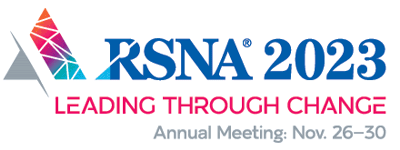
Every year when American Thanksgiving weekend comes along, you’ll find folks involved in digital imaging flocking to chilly Chicago to convene at McCormick Place for the 2023 annual meeting of the Radiological Society of North America — RSNA for short.
With the over-arching theme of “leading through change,” this year’s RSNA sessions are, of course, featuring innovations in radiology. But there’s also =growing attention to health equity, environmental sustainability, and no surprise, generative AI (Gen AI).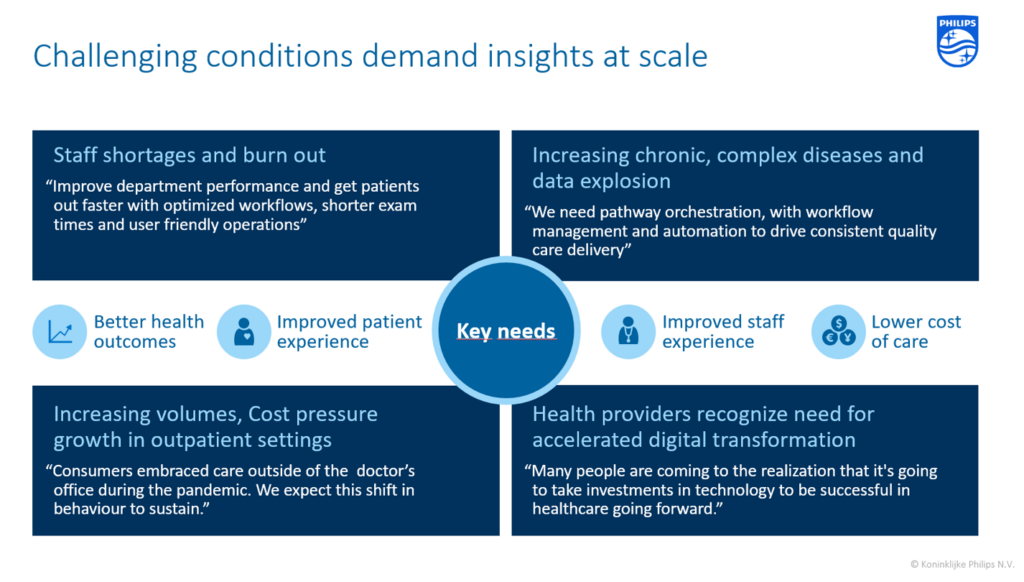
Some of the underlying forces re-shaping the supply of and demand for radiology are shown in this chart which Philips, one of the perennially largest exhibitors at RSNA and global market leaders in digital imaging, used in its press conference yesterday.
Four key driving forces setting the stage for RSNA 2023 cover,
- The human capital challenges: staff shortage and burnout
- Increasing chronic, complex diseases and the explosion of data (and management challenges)
- Increasing volumes and cost-pressure growth in outpatient care settings outside of the hospital and doctor’s office, and,
- Health providers’ embrace of the need for digital transformation….today.
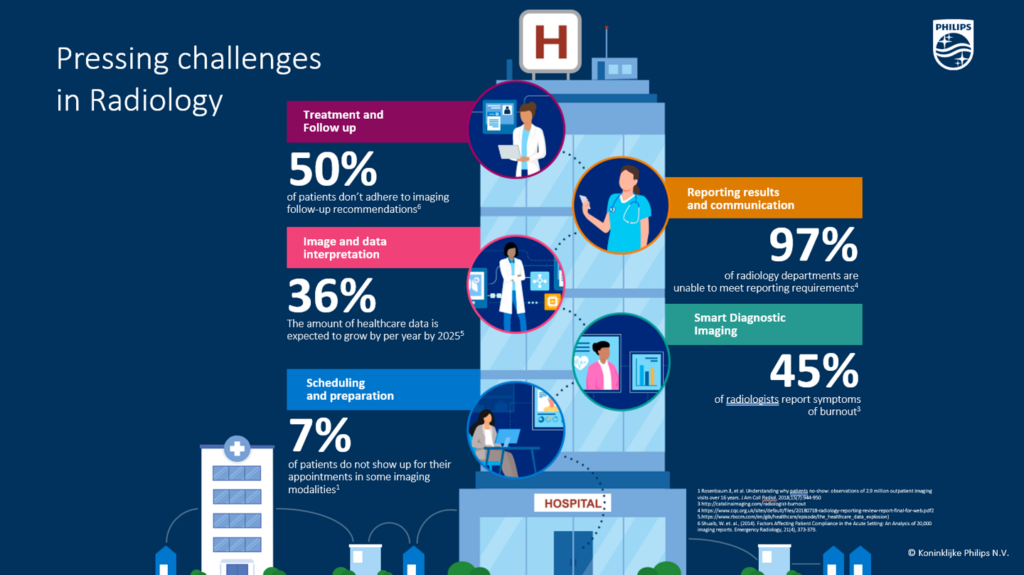
To understand and empathize with this moment in radiology, here are a few important statistics that paint the picture and provider food-for-thought in helping us ask the right questions to solve for as we go wide-eyed and bullish on shiny news things in radiology (including AI in its many forms).
On the patient-demand side, start with 50% of patients not following up recommendations after an imaging visit.
On the supply side, note that nearly one-half of radiologists report symptoms of burnout.
And then, on the clinical imaging side of this multi-faceted equation is that health care data is expected to grow 36% each year, in volume, over the next couple of years — a data tsunami requiring its own intervention for data analytics and interpretation to support those burned-out clinicians and busy patients leading lives outside of the healthcare system.
At RSNA 2023, many solutions and educational sessions are speaking to solving these issues in various ways, baking in designing for users at the center (both clinicians and patients and families) along with more streamlined dashboards that enable quicker and better communication and support for action based on the latest and best information and clinical insights.
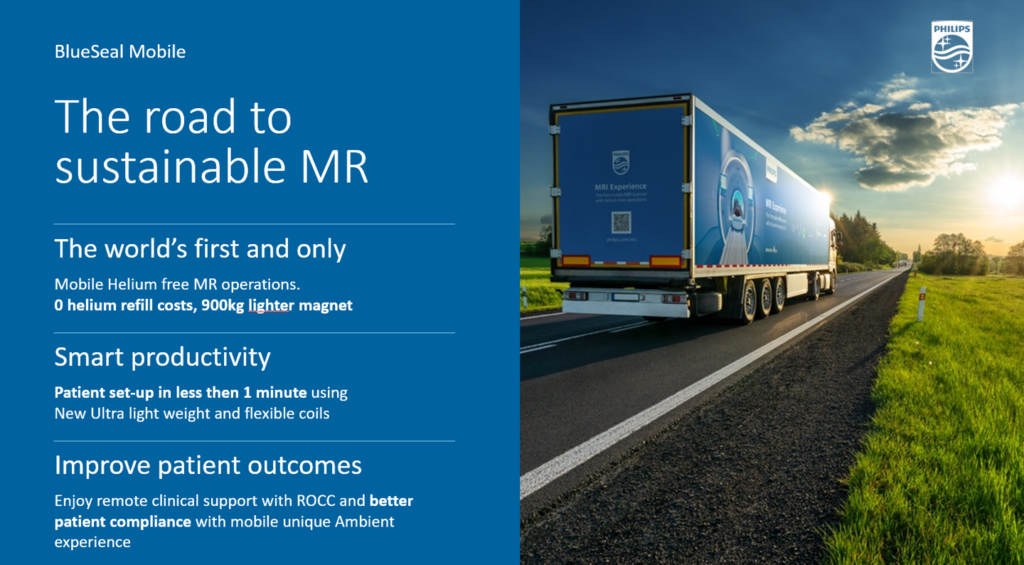
The issues of health equity and sustainability are also on the minds of RSNA and attendees, and we are seeing evidence of this in content as well as product development.
The health care industry is a major contributor to the world’s carbon footprint, and radiology plays a role in this, too.
In the U.S., health care contributes about 10% of the nation’s carbon emissions, and radiology plays the major hand in that in the forms of diagnostic imaging, interventional radiology, and conferences. Regarding the later, RSNA devotes time and effort to right-sizing the big annual conference with a keen eye on sustainability, discussed here on the Society’s website.
On the product front, it was fascinating to see the BlueSeal Mobile system providing Mobile Helium for MR featuring a lighter magnet and 0 helium refill costs. We’ll see many more developments like this one as the health care industry continues to get more serious about its role in climate change, ESG, and public health.
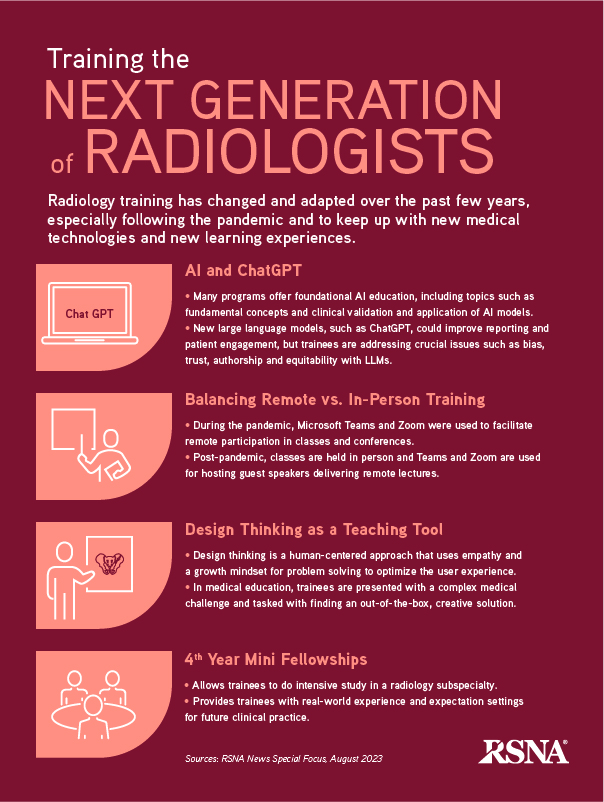
Health Populi’s Hot Points: The RSNA President Matthew Mauro, MD, kicked off the 2023 conference talking about “10x forces” impacting the radiology field.
These include the “existential crises” of the unstable labor market, the power of future competitors in the market, and AI among these mega-forces. Dr. Mauro explained:
“As technology gains power, what does the future hold for radiologists? With the influx and rapid advancement of generative artificial intelligence, in large language models, will we still become obsolete or unnecessary? No. On the contrary, when embraced, AI will open new doors for us. As AI applications continue to improve, they will be able to absorb or assist with a host of tasks, from scheduling to reporting to triage in imaging studies, freeing the radiologists to devote more time to the more enriching aspects of our work, and the reason we chose this challenging profession. In terms of major forces that impact our business, AI is most certainly a 10X force. It is up to us to adapt and embrace it, or be left behind. So it is time to ask ourselves if we are willing to do what is necessary to navigate this 10X force.”
As I’ve been thinking about the future of radiology and the radiologist, I found some wisdom in a paper from the European Society of Radiology (ESR) on the role of the radiologist in the changing world of healthcare. ESR imagines the roles, with an ‘s’ for plural, multiple hats that the radiology professional can or will wear. These are.
- The radiologist as doctor
- The radiologist as protector
- The radiologist as communicator
- The radiologist as innovator and scientist, and,
- The radiologist as teacher.
Two of these feel newer and deserve calling out — that of “protector” and “communicator.”
As a protector, ESR notes that radiologists have key roles in ensuring and enhancing patient safety. This includes protecting patients from excessive, unjustified or inappropriate exposure to ionizing radiation, along with issues of optimization of imaging resources, informed consent, and of course, communication of results. The bridge here between protector and communicator is that, as ESR explains, “Patients are becoming increasingly empowered to play an active role in their care…as radiologists, we act as advocates, conduits for information and direct providers of care to patients.”
As communicator, “the role….is one that is often under-valued or under-emphasized, yet it is one of the most vital links int he chain of our involvement in patient care,” ESR calls out. “Direct communication with patients is, quite appropriate, increasingly being sought by those to whom our services are delivered.”
As the RSNA graphic on the next-Gen of radiologists details, design-thinking will be used in both teaching learning radiologists as well as embedding the discipline into radiologists’ mindsets. Central to this is empathy, which gets us back to health equity, inclusion, and good health outcomes.
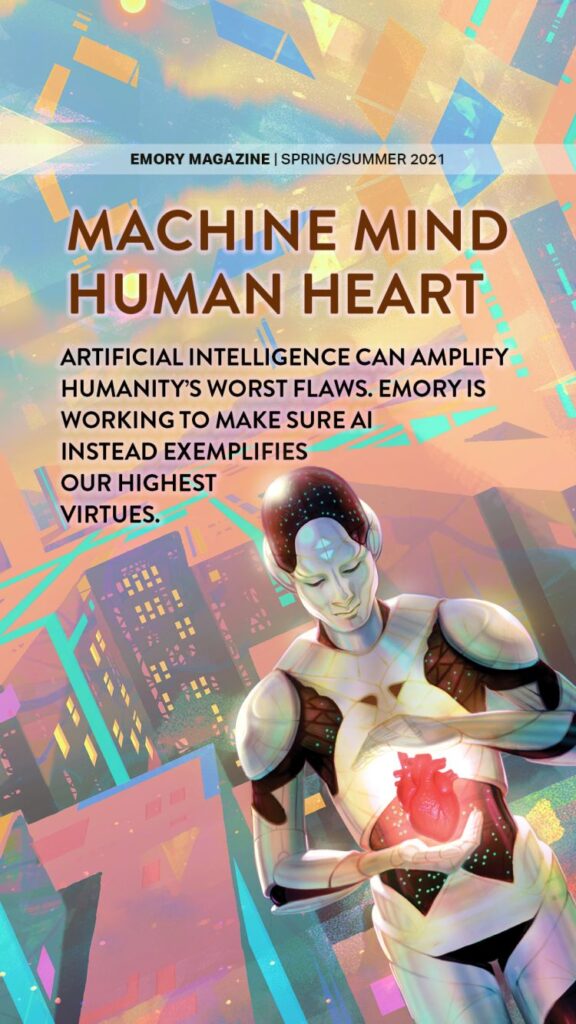
I’ll leave you on an exciting note with the news during 2023 RSNA season of Emory University’s launch of the Emory Empathetic AI for Health Institute. The effort is being led by Anant Madabhushi, PhD, who has worked across medical specialties including radiology and imaging to advance AI for addressing health disparities and grow access for all health citizens around the world.
The annual RSNA conference always brings us an opportunity to feel inspired about new and promising technologies in health care. In 2023, we’ve reached an inflection point, as Dr. Mauro pointed out in his remarks, to bake in the 10X forces of equity, sustainability, and empathy in our plans for the coming years.





 I am so grateful to Tom Lawry for asking me to pen the foreword for his book, Health Care Nation,
I am so grateful to Tom Lawry for asking me to pen the foreword for his book, Health Care Nation,  I love sharing perspectives on what's shaping the future of health care, and appreciate the opportunity to be collaborating once again with Duke Corporate Education and a global client on 6th May. We'll be addressing some key pillars to consider in scenario planning such as growing consumerism in health care, technology (from AI to telehealth), climate change, and trust -- the key enabler for health engagement or dis-engagement and mis-information. I'm grateful to be affiliated with the corporate education provider
I love sharing perspectives on what's shaping the future of health care, and appreciate the opportunity to be collaborating once again with Duke Corporate Education and a global client on 6th May. We'll be addressing some key pillars to consider in scenario planning such as growing consumerism in health care, technology (from AI to telehealth), climate change, and trust -- the key enabler for health engagement or dis-engagement and mis-information. I'm grateful to be affiliated with the corporate education provider  Thank you FeedSpot for
Thank you FeedSpot for